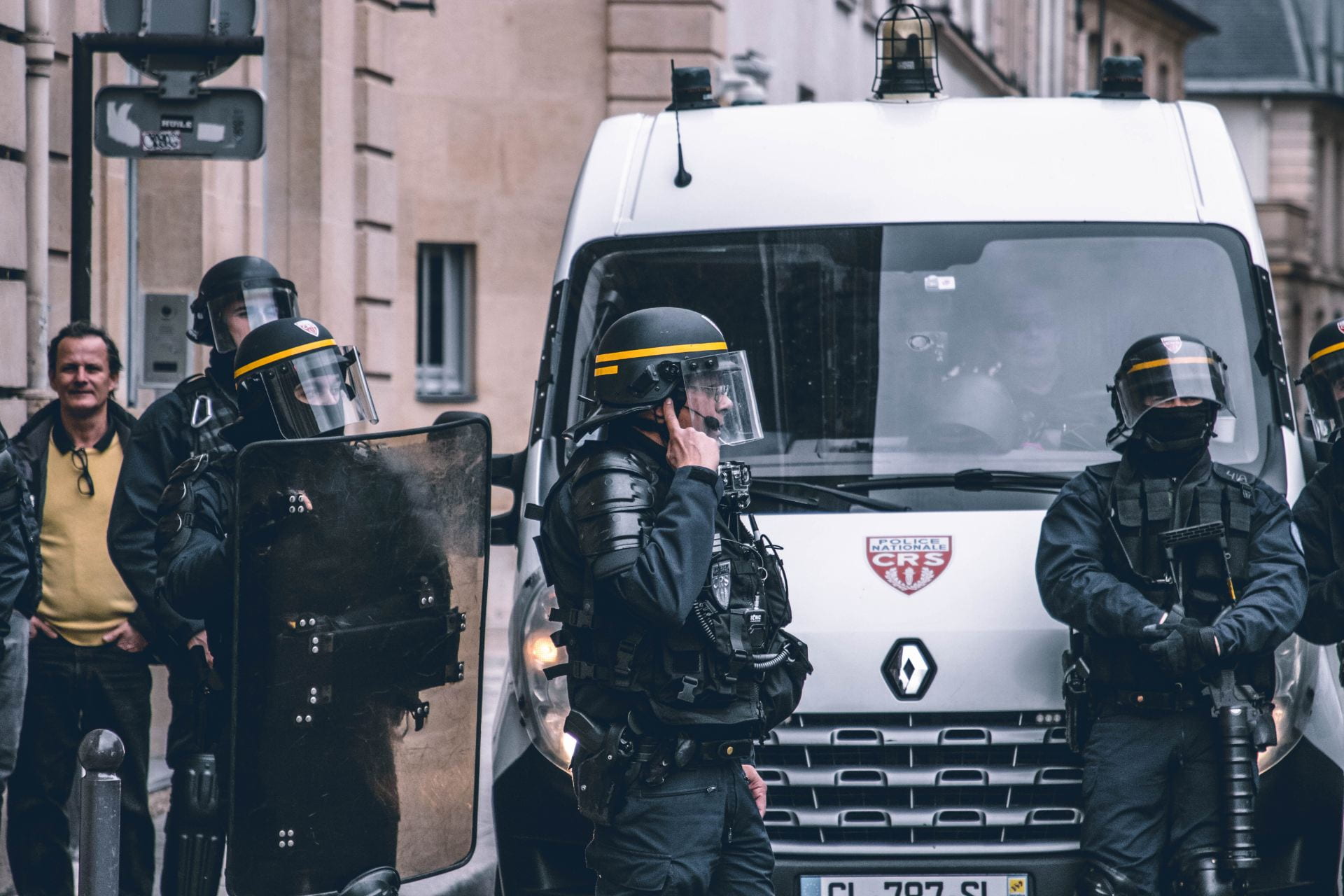In the early hours of June 28, 1969, the New York Police Department raided The Stonewall Inn for the second time in a week. The raids by police against LGBT people were frequent and brutal. Transgender people and drag performers were taken aside by officers and forcibly strip-searched to check their sex. People found engaging in activities as innocent as holding hands or dancing together was arrested for indecency. Shady bars became temporary reprieves for the gay community.
What made Stonewall especially popular was its allowance of drag queens and dancing, which other places thought would make them too much of a target for police. The owners of the bar, the Genovese crime family, had paid off police to know when the establishment would be targeted. This gave them time to hide illegal activities such as the alcohol they served or the blackmail books they occasionally ran. But the two raids of that week had no warning, so there were large crowds in the bar both times. The police arrested around 13 people and roughed up many more. People of the bar and neighborhood, fed up with constant state-sanctioned abuse, gathered quickly around the scene. When an officer manhandled a lesbian patron, hitting her head against the door of the police wagon, the crowd began shouting and throwing small objects.
Within minutes, it escalated into a full-blown riot with hundreds of people. The crowds fought back against the police with stones, pennies and whatever else they could get their hands on. The police, along with with their prisoners and a writer for the Village Voice, barricaded themselves inside The Stonewall Inn. A member of the Genovese mob had somehow broken through the barrier and attempted to burn down the building. Firefighters were able to put out the flames shortly after. The Tactile Patrol Force of the department removed the barricaded people from the bar, and the police only walked away with wounded pride.
While the police thought they had closed the bar, it opened again the next night along with mass protest along the street the bar was on. It filled Christopher Street and adjourning blocks with people chanting, dancing and observing the partially charred building. Dustin Berna, a political science professor and researcher of civil rights conflicts states that, “What made Stonewall so revolutionary and so important is gays said we’re not going to be repressed and degraded anymore. We’re not going to be harassed by the police. What Stonewall did was take homosexuality out of the privacy of one’s home and put it into the public. Gays said we’re here and we’re not going anywhere.” These protests and clashes with police lasted a few more days, even expanding to the offices of the Village Voice newspaper, which had printed derogatory slurs about the initial riot. “From drag queens across the spectrum, from the students to the elder gays across the spectrum, gays formed one community at the time and stood up and said ‘we’re here, we matter,’” said Berna.
The unity enacted at Stonewall was on a level rarely seen today of community support across age, race and gender. Those at the riot collectively felt that they were past their breaking point and wanted to fight against the brutality they faced for daring to be themselves. This year was the 50th anniversary of the riots, sparking movements across the world. Looking back on the atrocity we faced in the past allows us to be thankful for how far we’ve come. It also inspires us to keep working toward equality.
Photo: H. Moore


